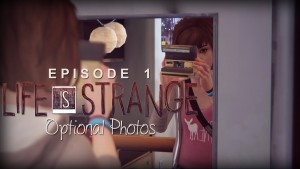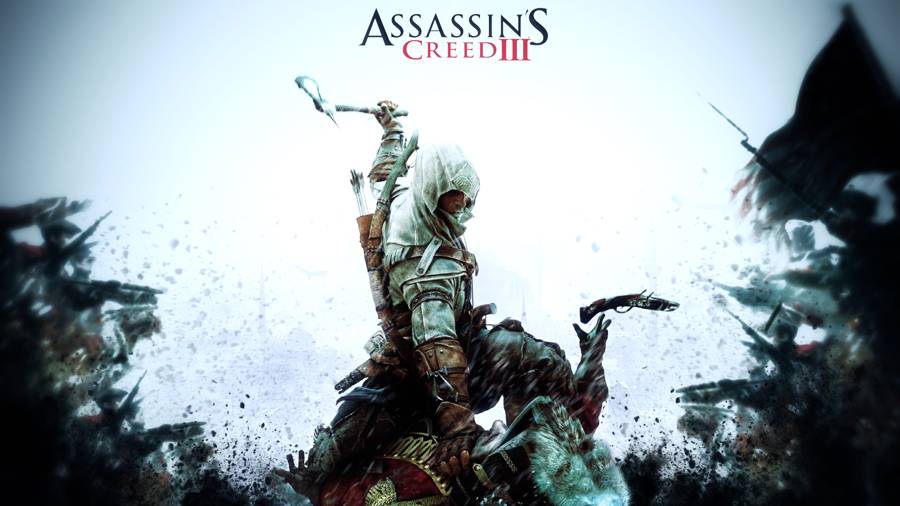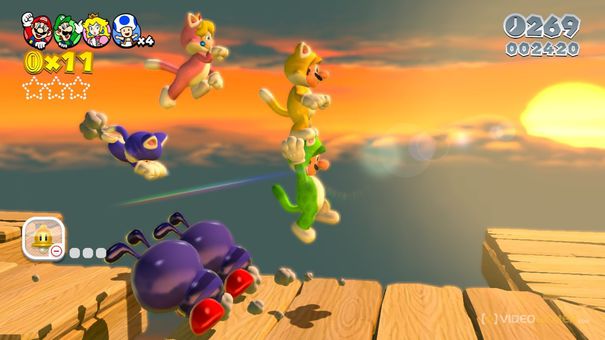Jigsaws make the ideal gift or just as a pastime to wind away dull and dreary days. Many jigsaws have the ability to actually stimulate the brain helping to improve your intellectual power and cognitive capabilities.
The jigsaw puzzle has many years of illustrious pastimes reverting back to the early 1760's. The jigsaw came about through European map makers who created maps through pasting maps on to wooden surfaces and then cutting them out in to small pieces. Then as you can guess if these pieces became mixed up it had to then be pieced back in to place making an amusing pastime which has been successful ever since.
The jigsaw comes in many unique shapes and styles which can be extremely easy or very difficult depending on your own taste. In the early days jigsaw puzzles were very challenging. Many pieces were cut exact to the colour lines without transitional pieces such as we have today where you can see for instance the blue colour of sky against different colours based around the picture. On top of this the pieces did not interlock like the pieces within the standard puzzles of today. A stumble, sneeze or careless movement could undo an entire day's work. Also the puzzles did not have a picture guide situated on the front of the box, so it was either trial or error that led to the puzzle gaining completion.
The cost of the jigsaw was very expensive in the early periods due to the work placed in to making the wooden puzzles. Each piece had to be cut out one at a time. So it was mainly wealthy families who first were introduced to the pleasures of the jigsaw. It was only over the years of 1909 - 1910 that the jigsaw became immensely popular with society through the innovations of the Parker Brothers. The Parker Brothers introduced figure pieces which were a lot easier to assemble combined with interlocking styling which reduced the risk of losing pieces.
However it was not until the Great Depression in 1929 that puzzles enjoyed a resurgence of popularity and actually peaking within 1933 when sales reached an amazing amount of 10 million per week. The puzzle seemed to offer an escape from the troubled reality of unemployment, possibly due to feeling a certain sense of success when completing a jigsaw puzzle.
The die-cut cardboard puzzle was the next important development for adults which came in to circulation around the mid 1930's. With the mass production of cardboard manufacturers were able to cut prices dramatically on puzzles which enabled people to purchase a jigsaw puzzle for next to nothing. In fact most retail stores were offering free puzzles when you purchased certain items as a marketing tool.
The popularity of the jigsaw through the years of Depression saw the birth of Par Puzzles long thought of as the "Rolls Royce" of all jigsaws. These came about through two young men who were out of work, John Henriques and Frank Ware. They first started by creating their very own jigsaw puzzle within the confines of their dining room in 1932. At this time other manufacturers were cutting costs which in turn reduced the quality of their puzzles. This was where Par excelled; they steadily improved the quality of their puzzles alongside marketing them to affluent movie stars and even the royal family. As their company grew, Par started to specialise in customised puzzles, often featuring the customer's name and date of birth within the jigsaw.
With the onset of World War II the jigsaw demised. Increasing wages pushed up the cost dramatically, due to the time it took to cut the jigsaw puzzles. As the prices increased the sales dropped. This was a sad period in the life of the jigsaw puzzle, some of the major manufacturers now started to disappear and led to the retirement of Par and the Parker Brothers discontinued their once popular "Pastime Puzzles".
However as time led on new innovations came in to play with the improvements in lithography and die-cutting making the cardboard puzzles a lot more attractive. With the puzzler addicts starting to suffer withdrawal symptoms, Dave Tibbett's and Steve Richardson took hold of the opportunity and founded their very own puzzle company called Stave Puzzles which within only two years succeeded Par as leaders within the world of wooden puzzles. In fact Stave actually excelled and went beyond Par, by commissioning original artwork and experimented with pop-up figure pieces which in turn led to the success of the three dimensional puzzles. As the years moved on Richardson carried on experimenting and finally invented a vast variety of "Trick Puzzles" that actually fit together in many different ways however there is only one correct solution. Stave went from strength to strength emphasizing the choice of personalised puzzles and service up to the point of even remembering their customer's birthdays.






 Life is Strange: How to make ALL Photo Episode 1 – Episode 2
Life is Strange: How to make ALL Photo Episode 1 – Episode 2 Assassin's Creed 3 Guide: Assassinate John Pitcairn
Assassin's Creed 3 Guide: Assassinate John Pitcairn How to Reduce the Cost of Training Herblore in RuneScape Using Hunting and Dungeoneering
How to Reduce the Cost of Training Herblore in RuneScape Using Hunting and Dungeoneering Super Mario 3D World: The Wii Us System Seller
Super Mario 3D World: The Wii Us System Seller Pokemon X & Y Guide: Pokemon in Santalune Forest - GamersHeroes
Pokemon X & Y Guide: Pokemon in Santalune Forest - GamersHeroes